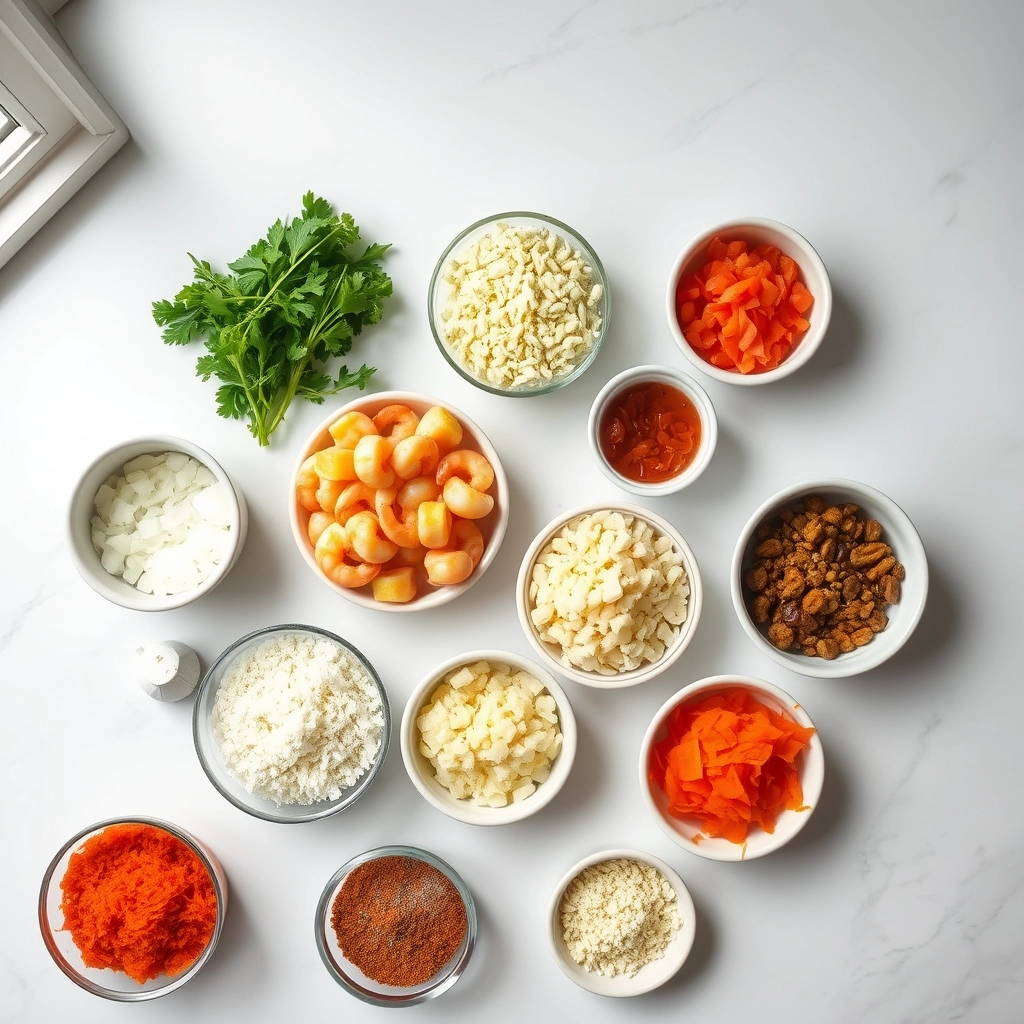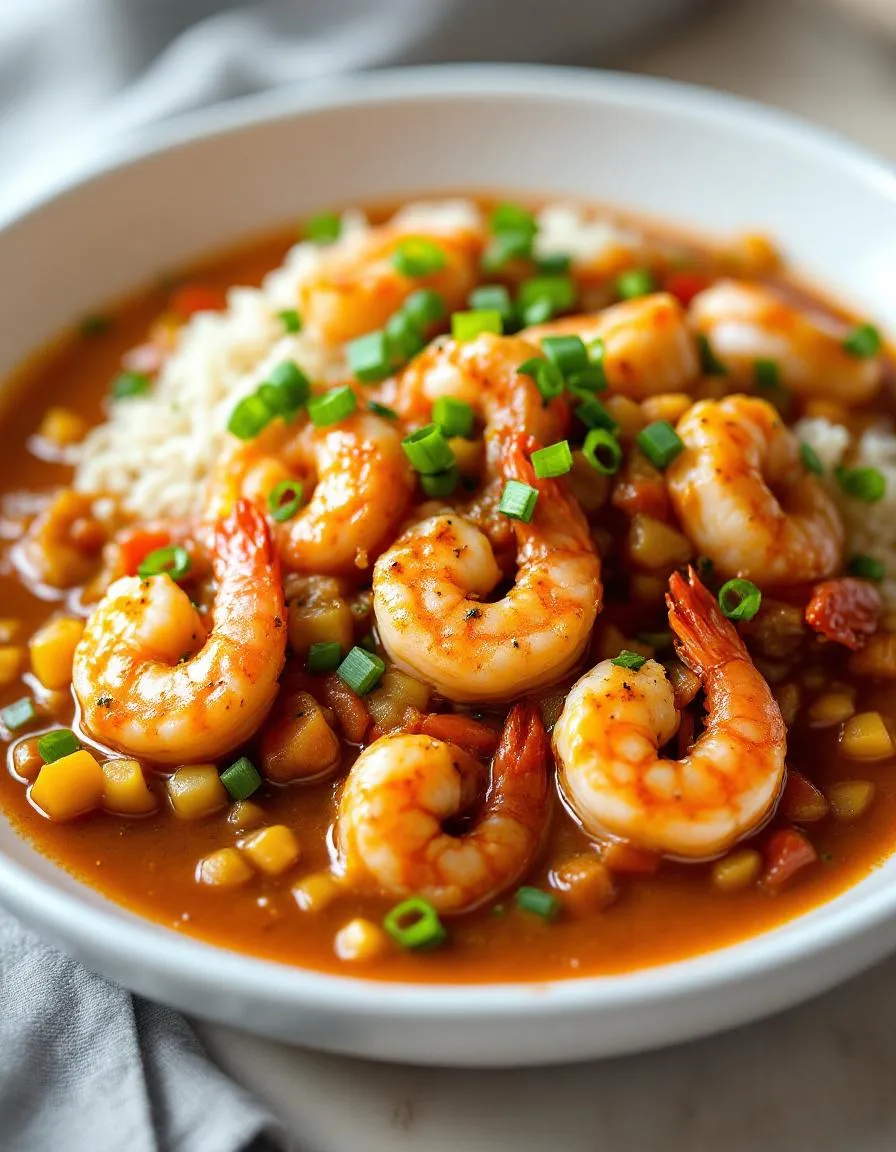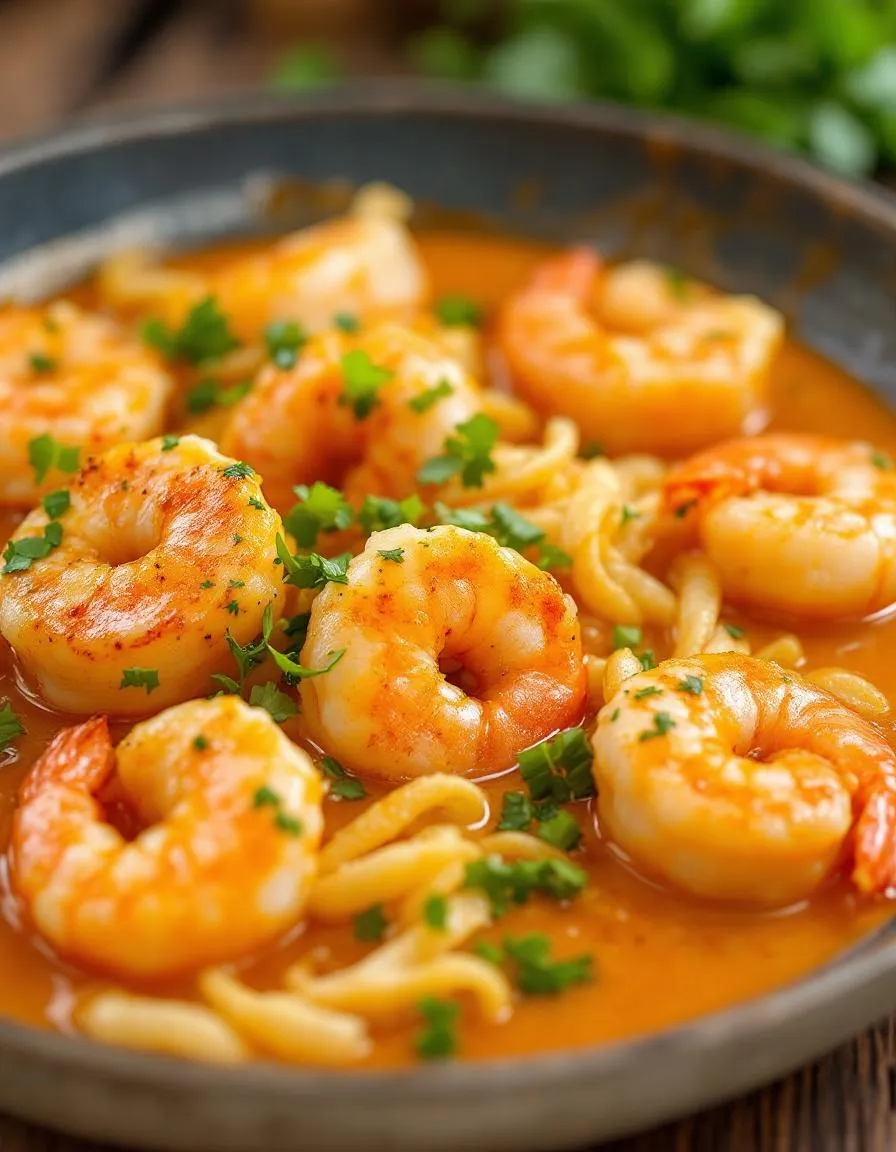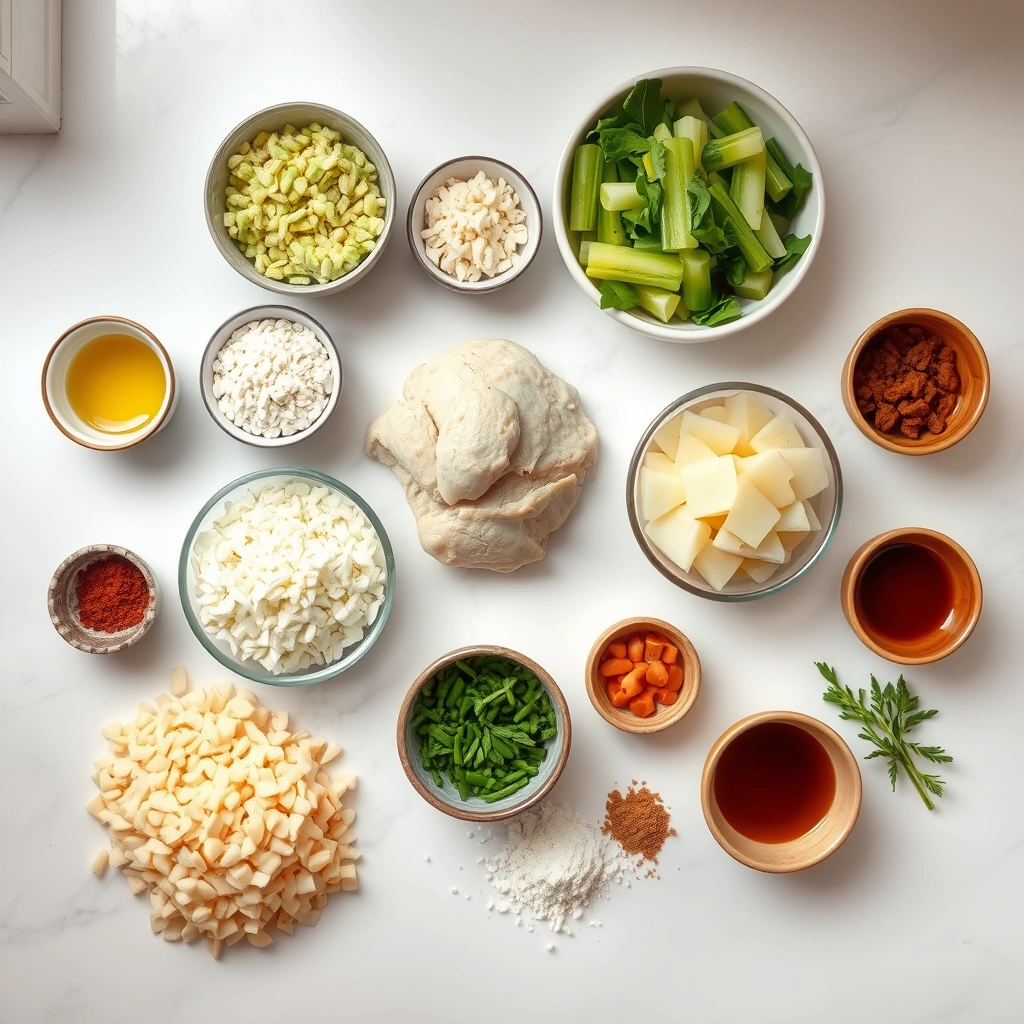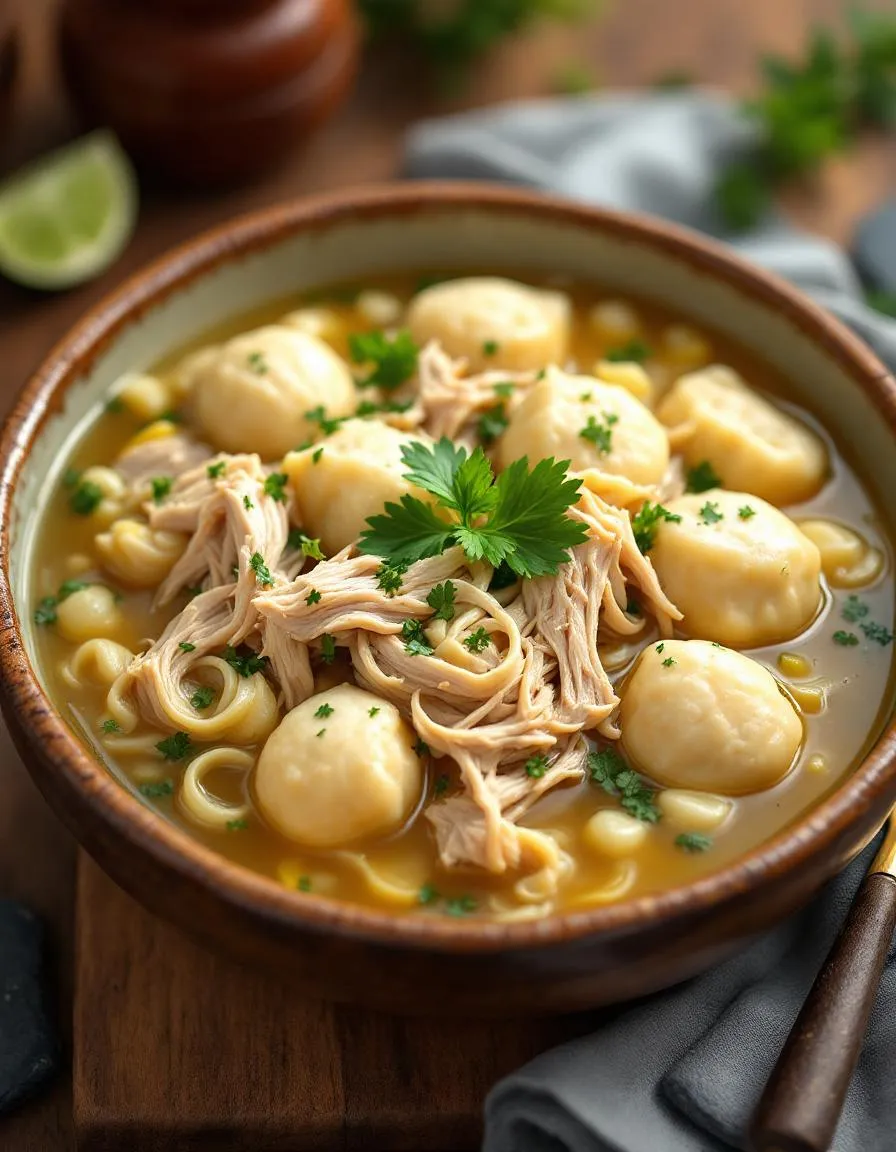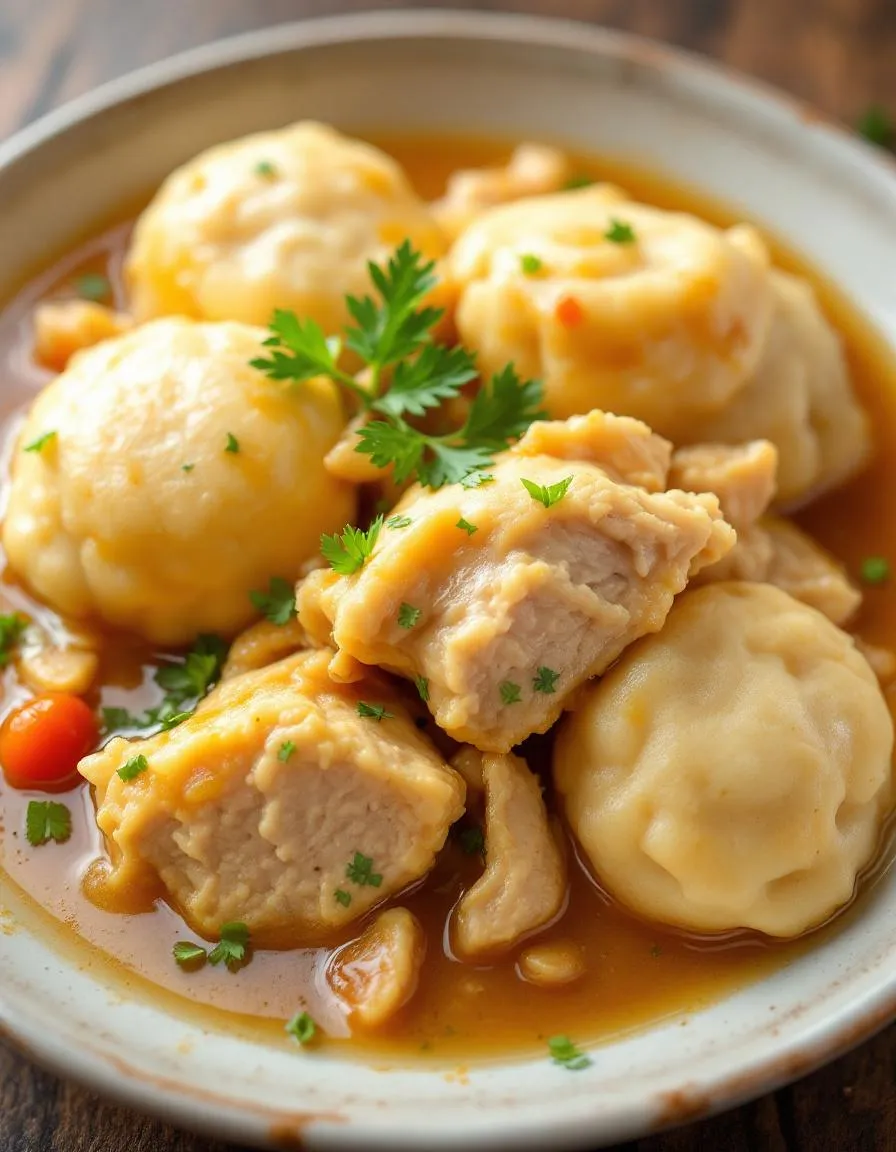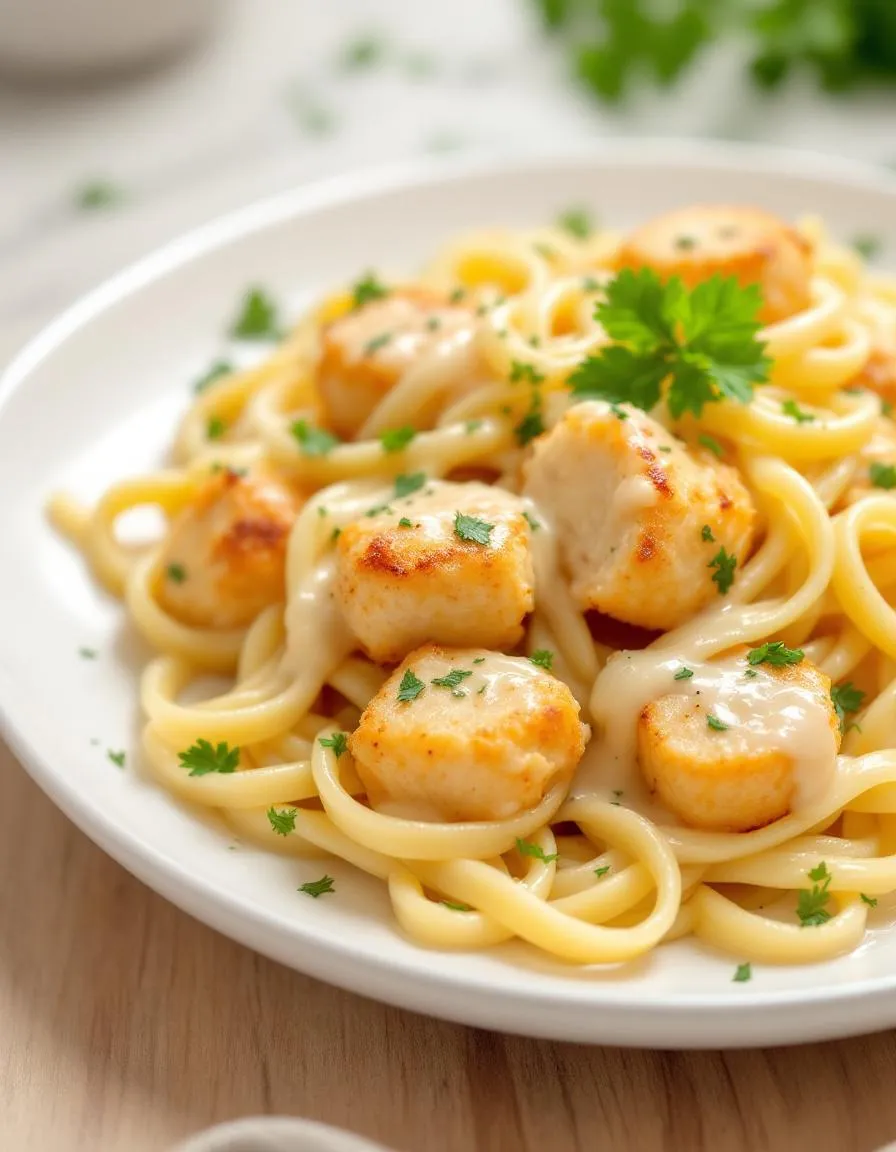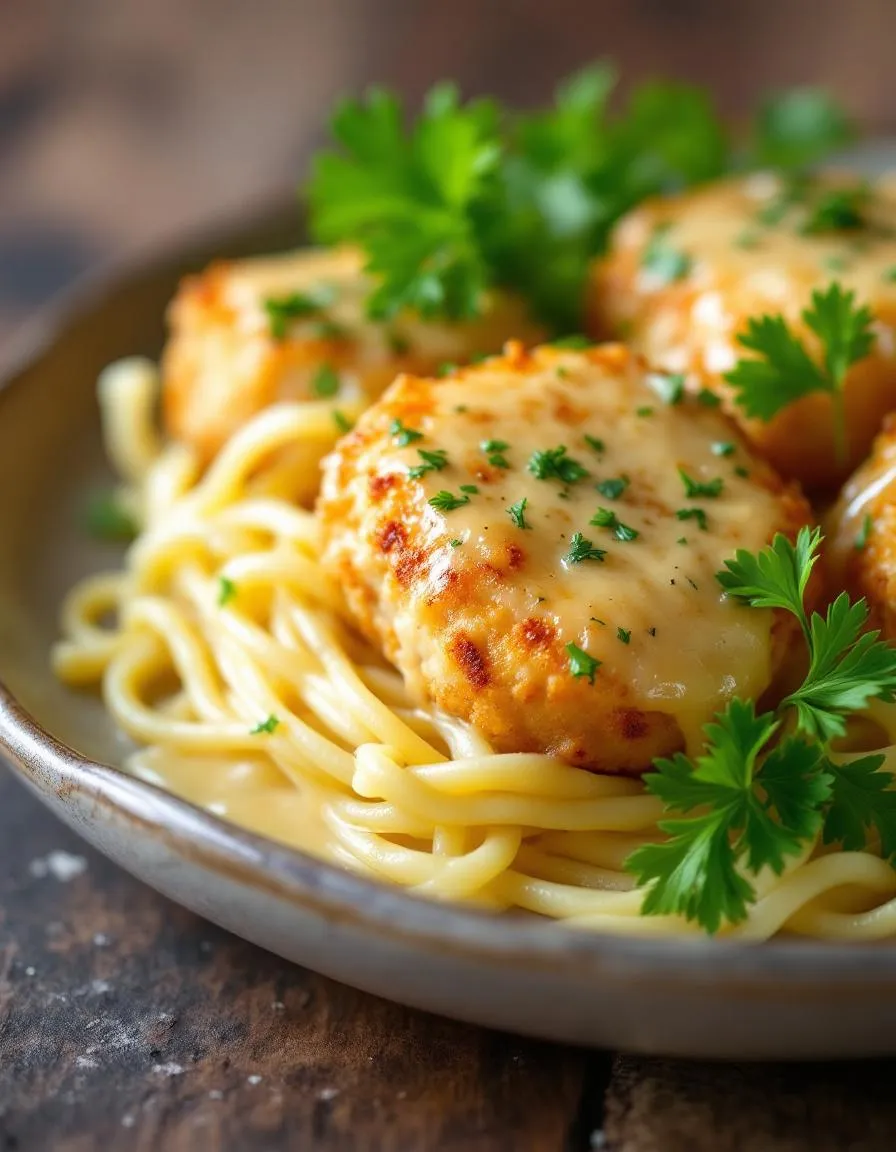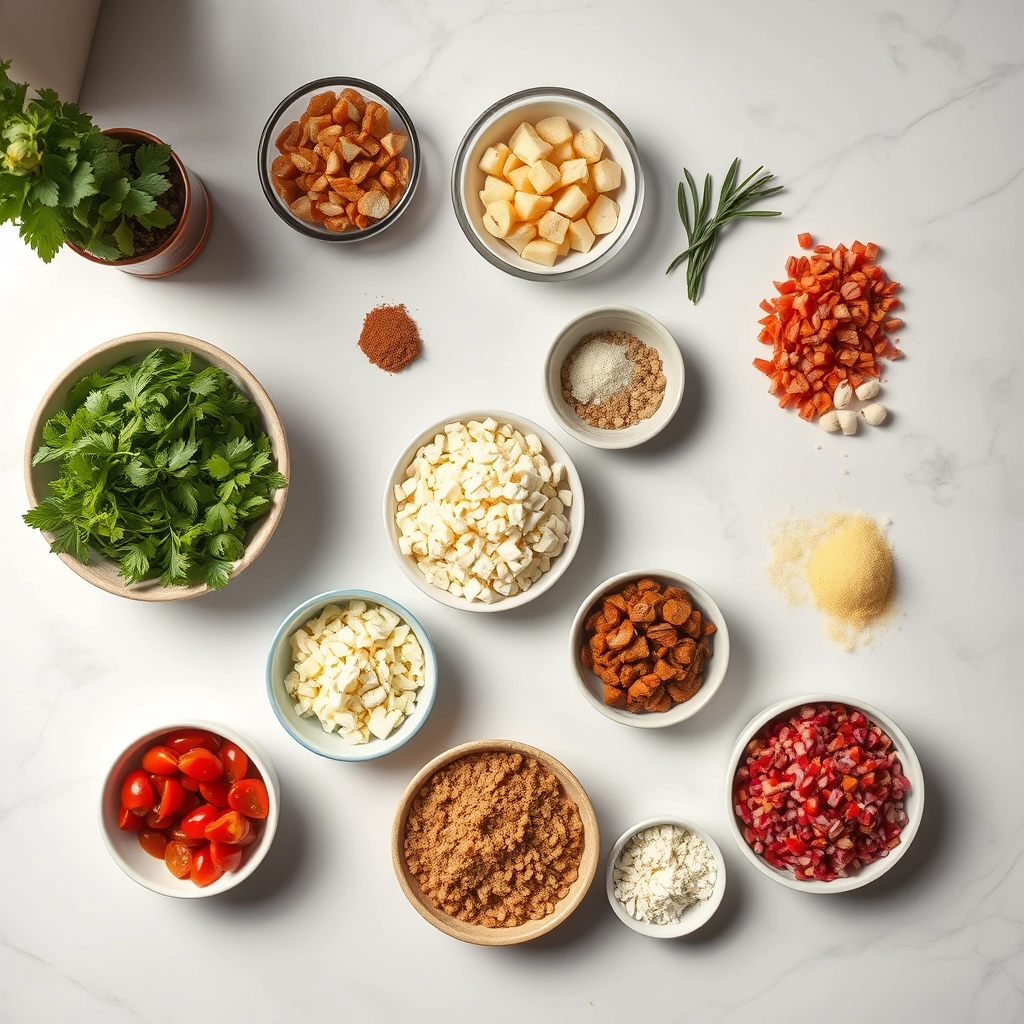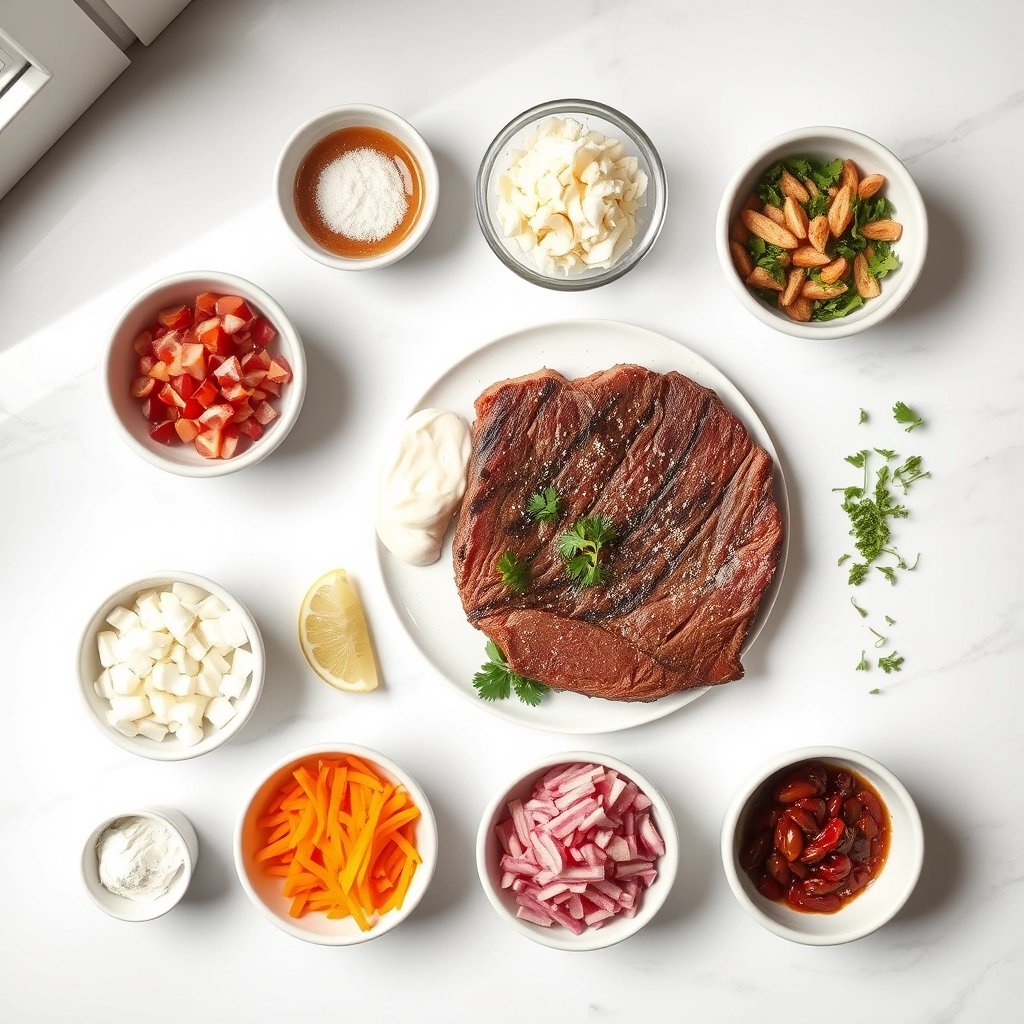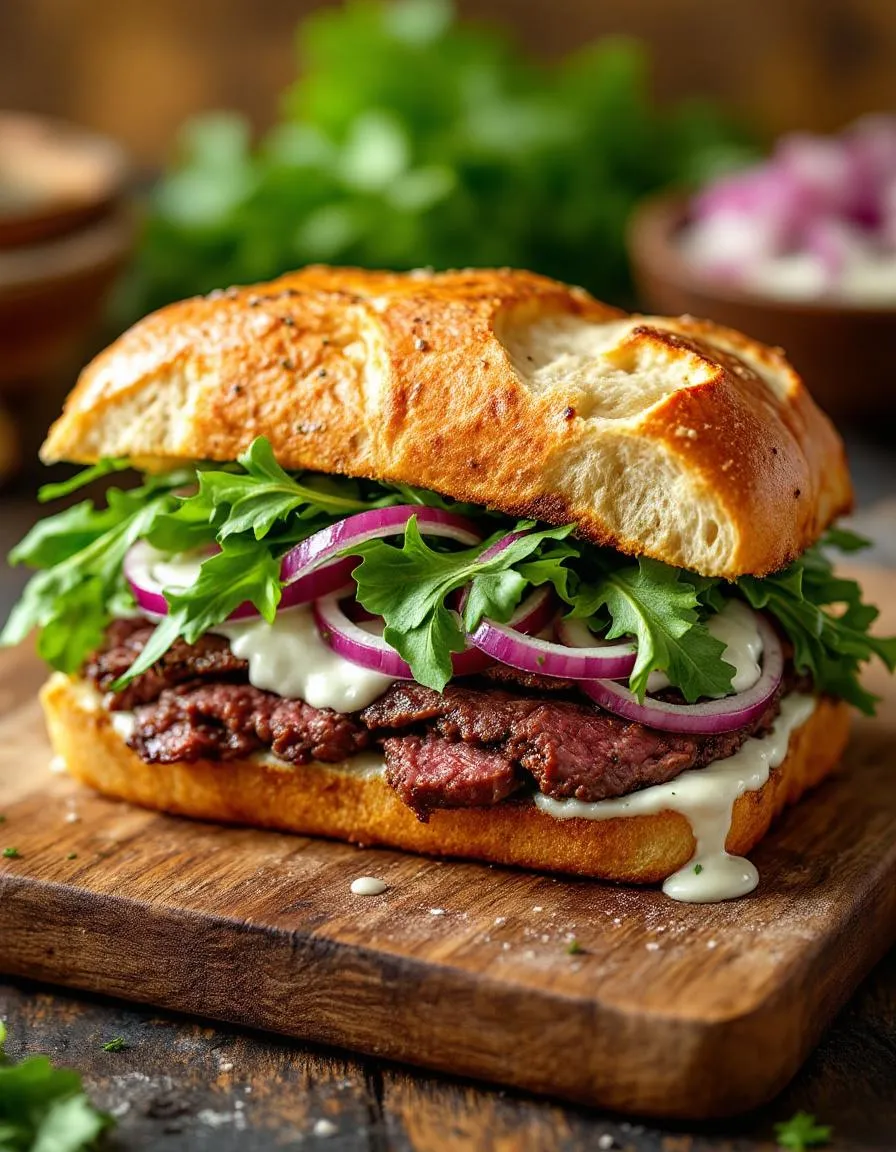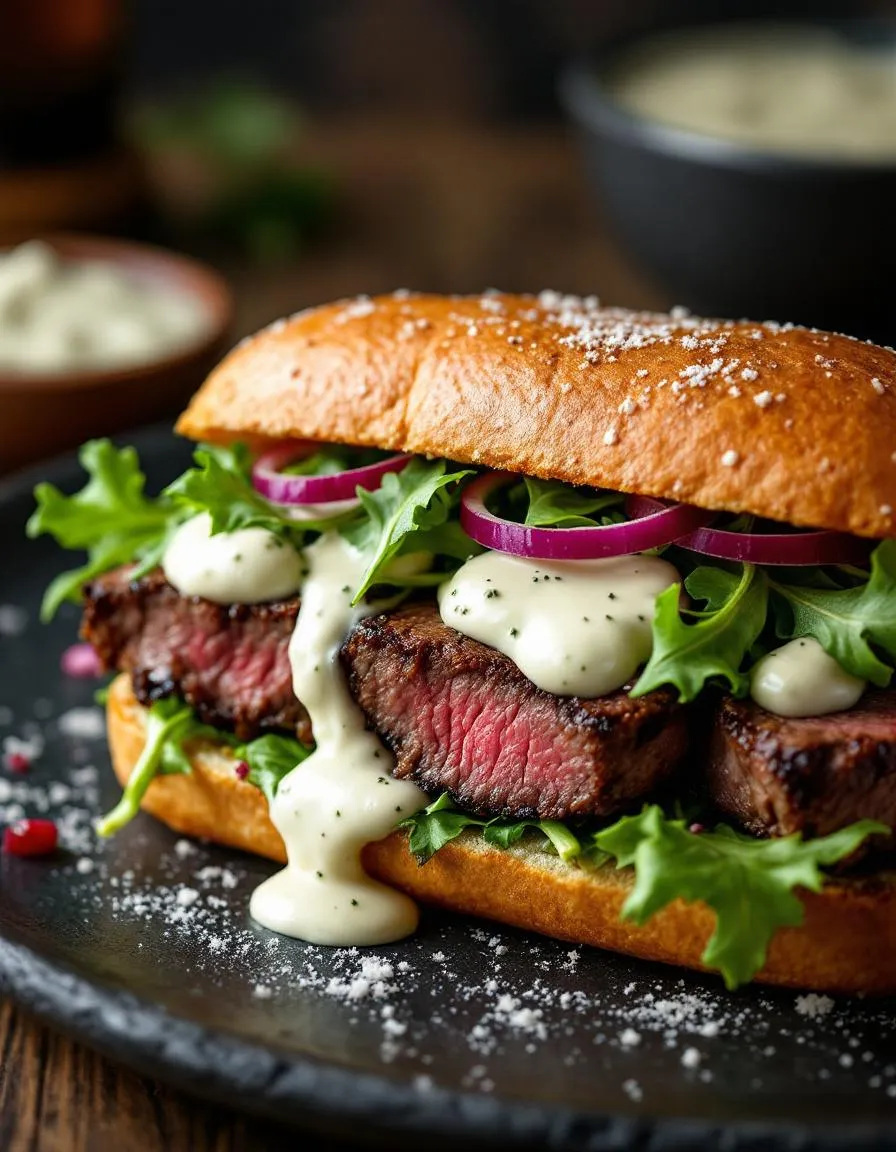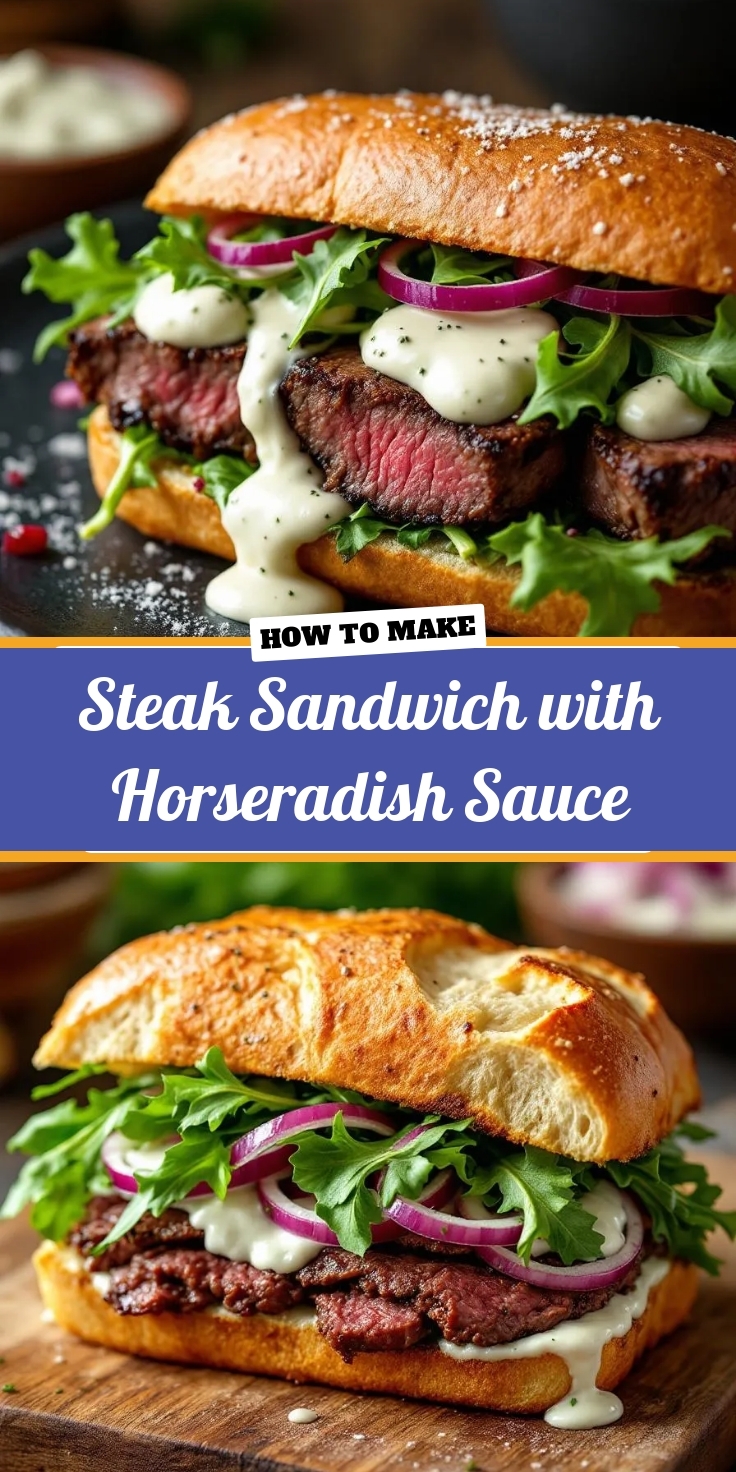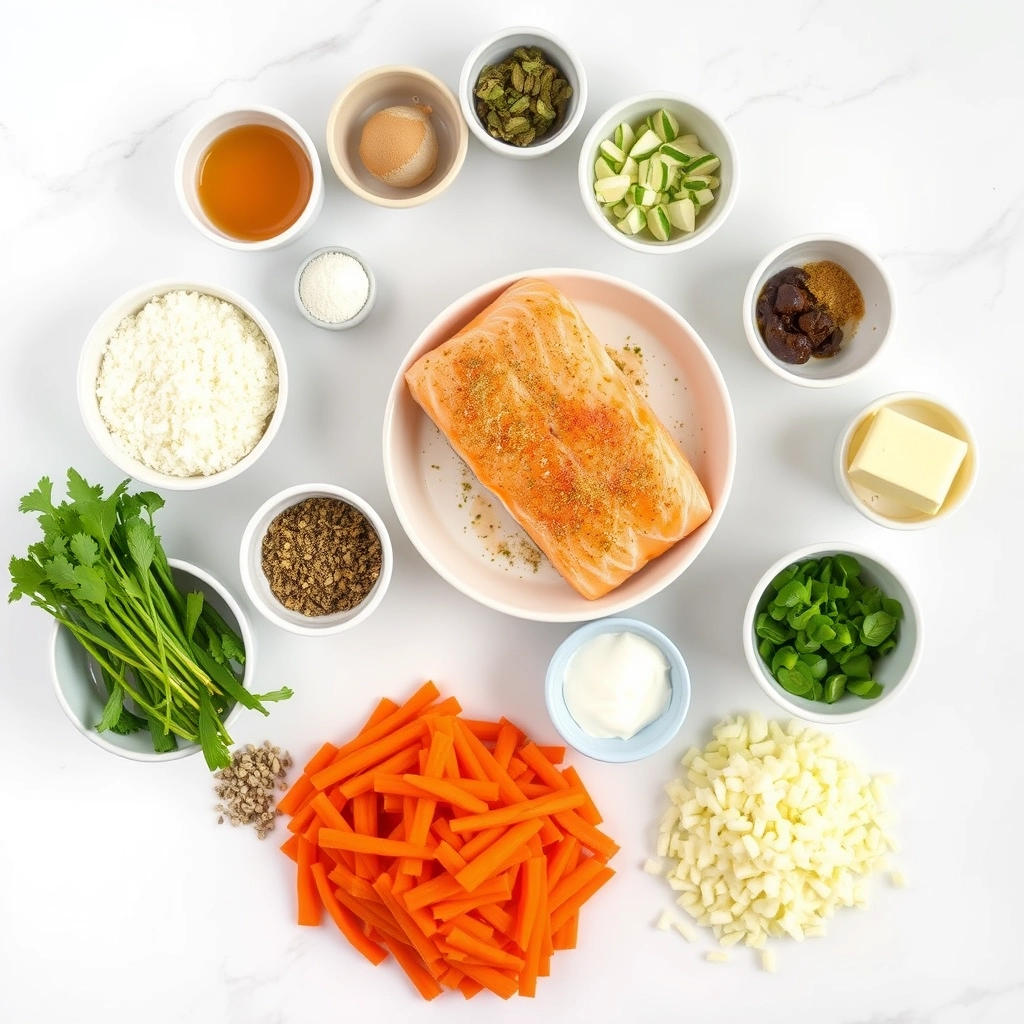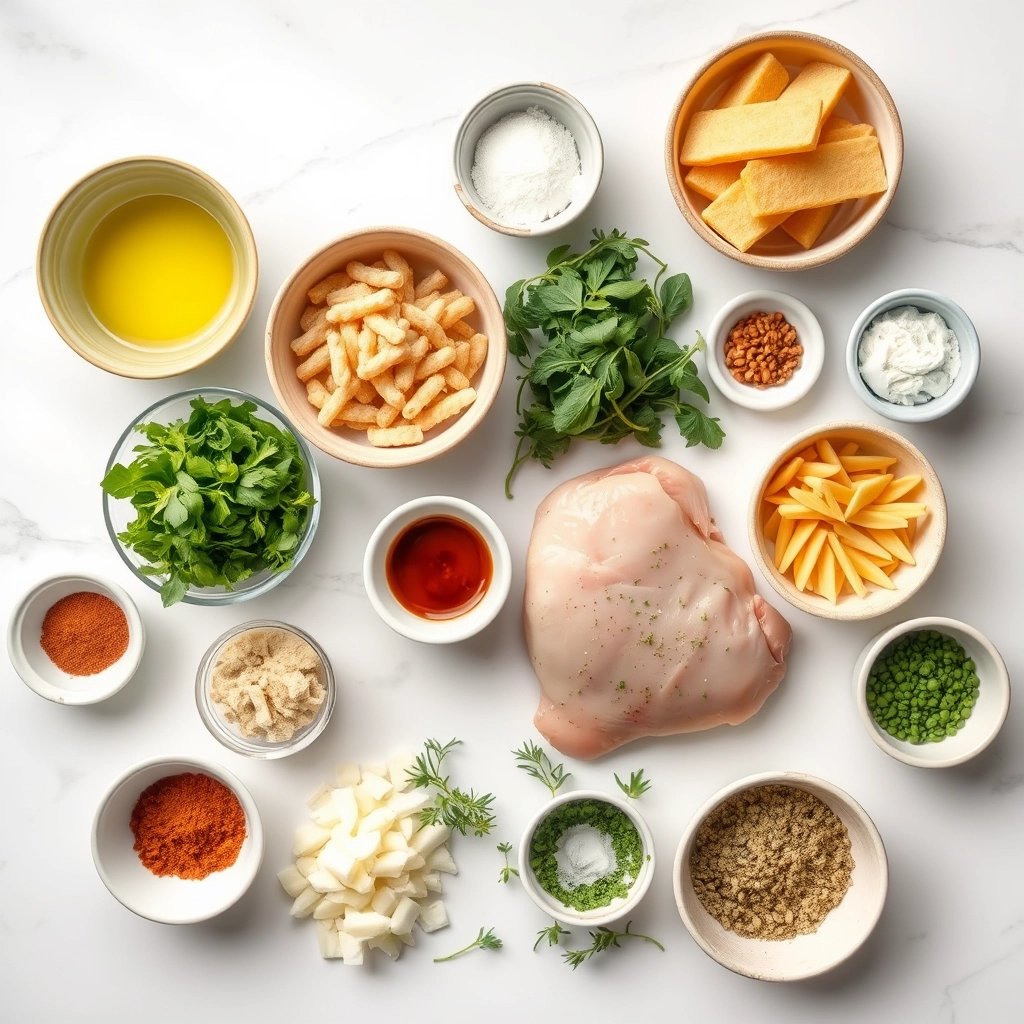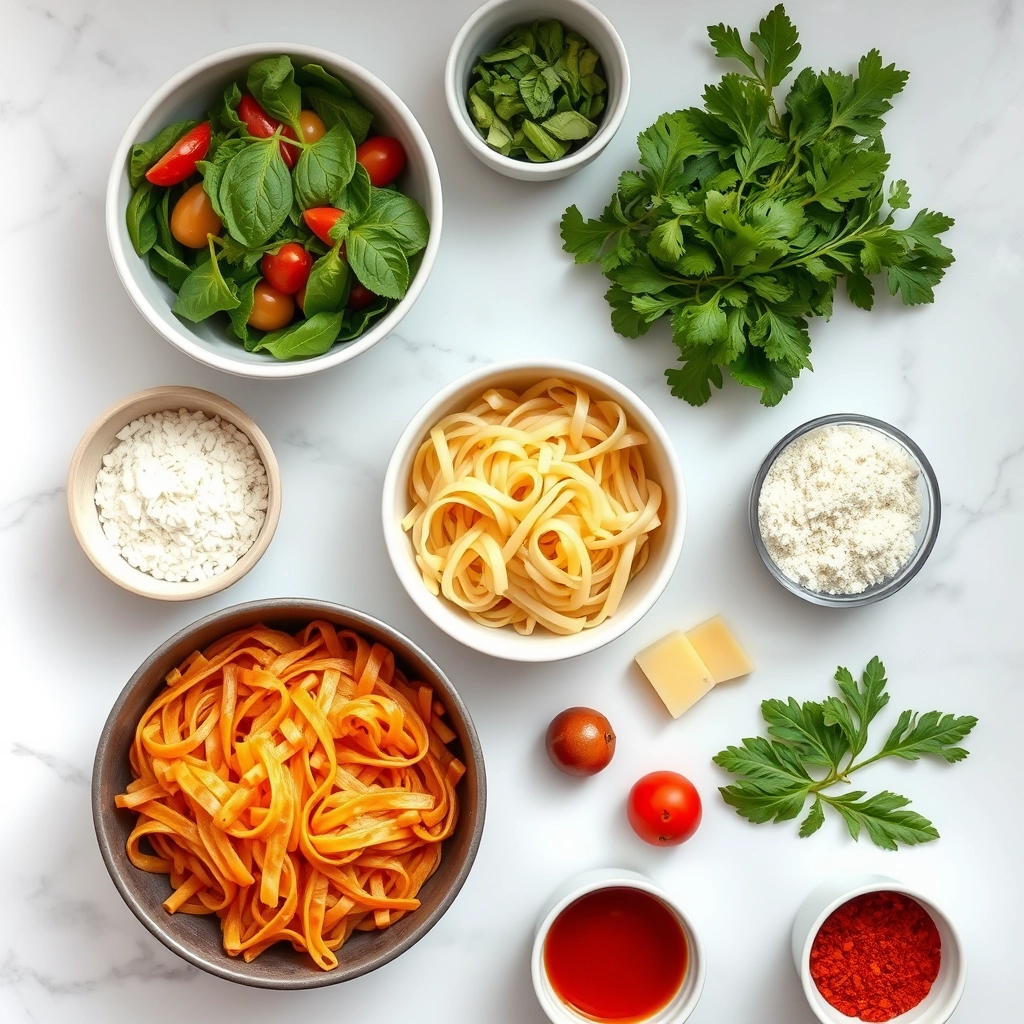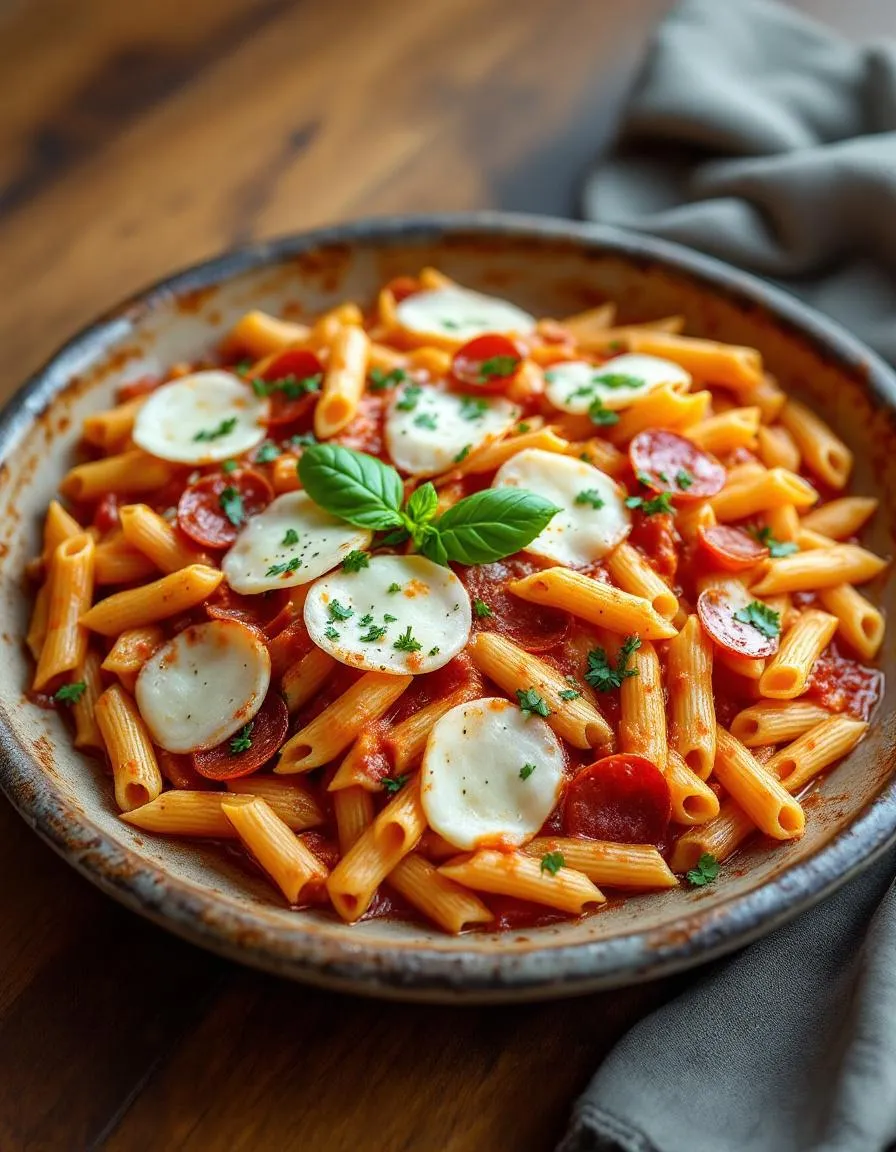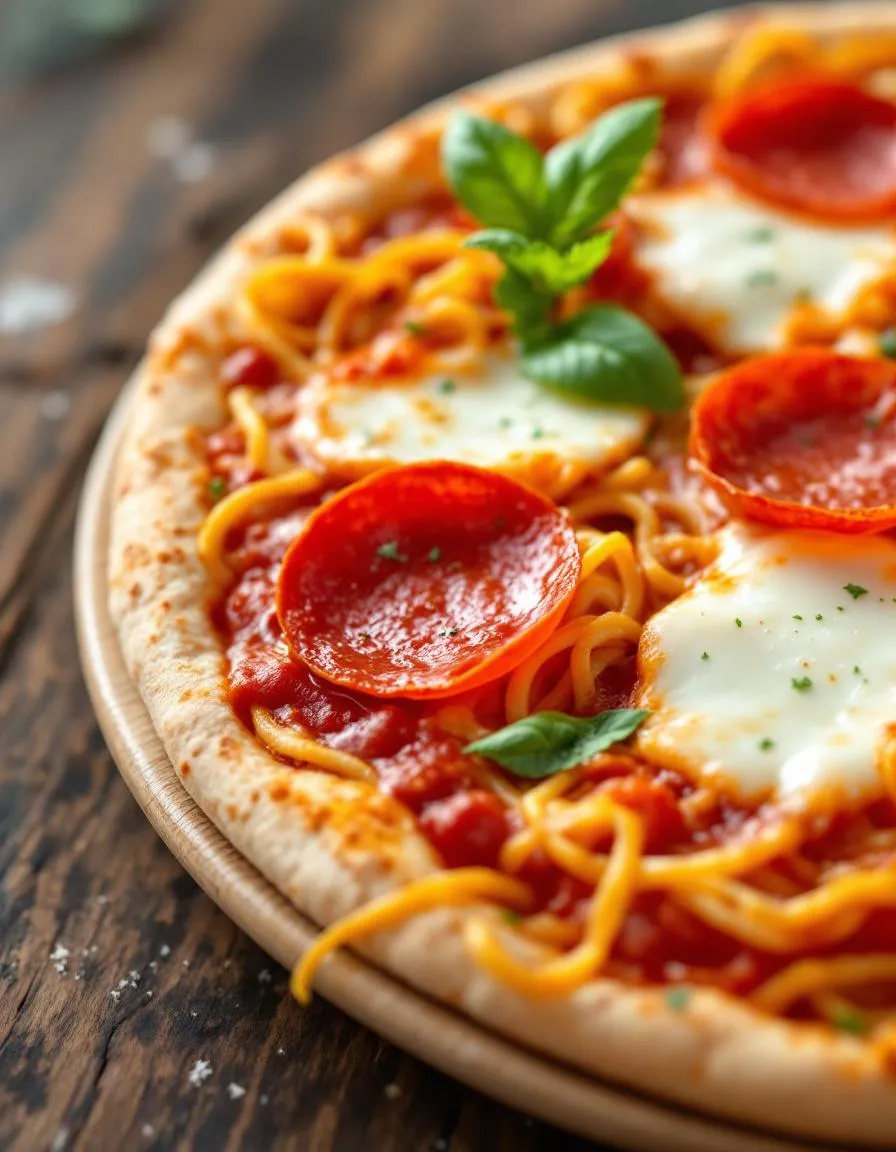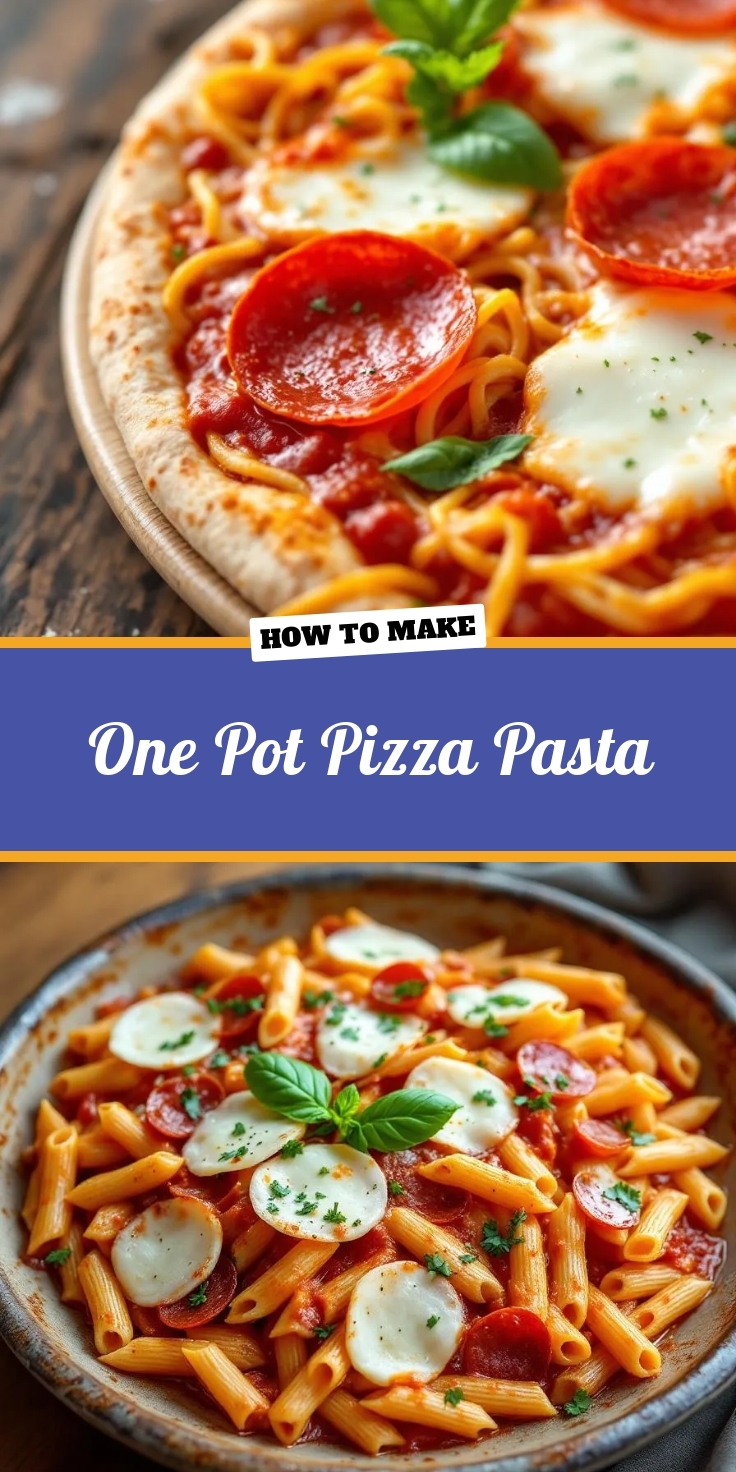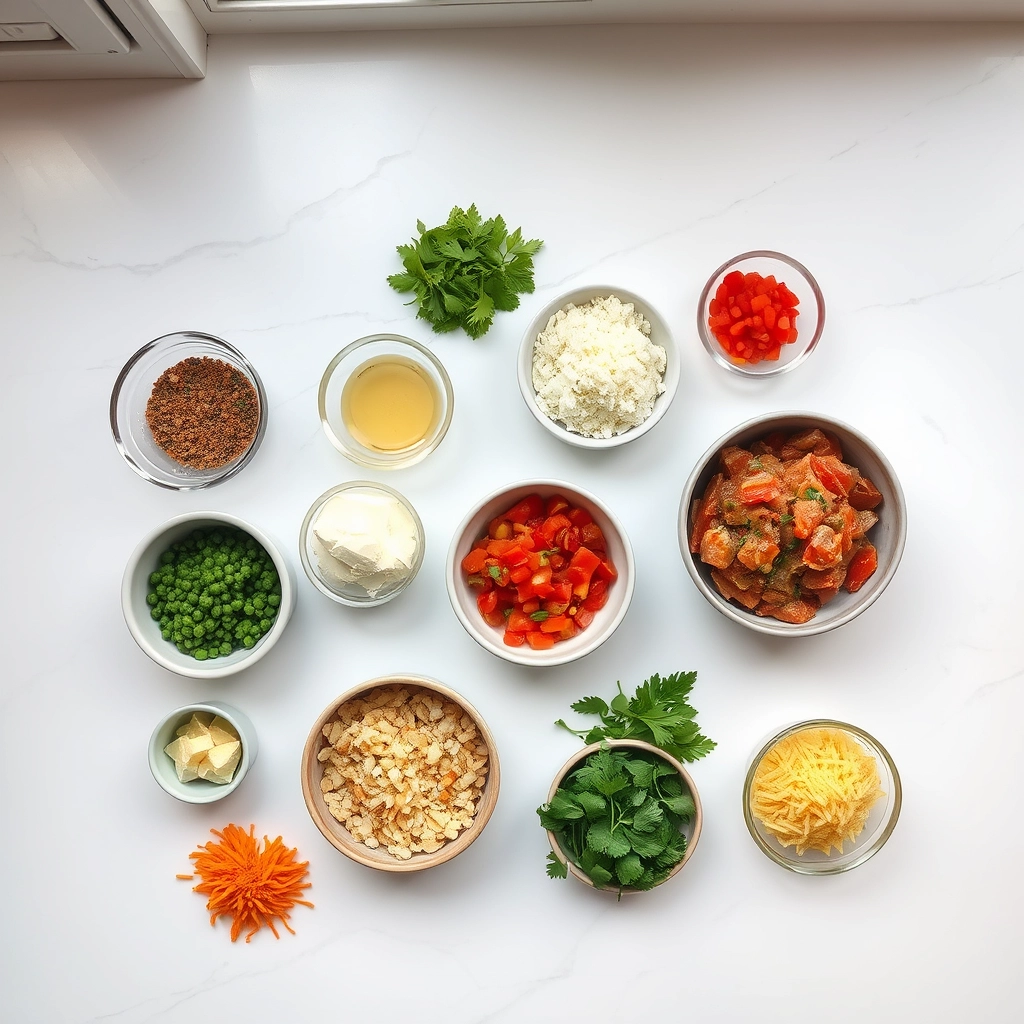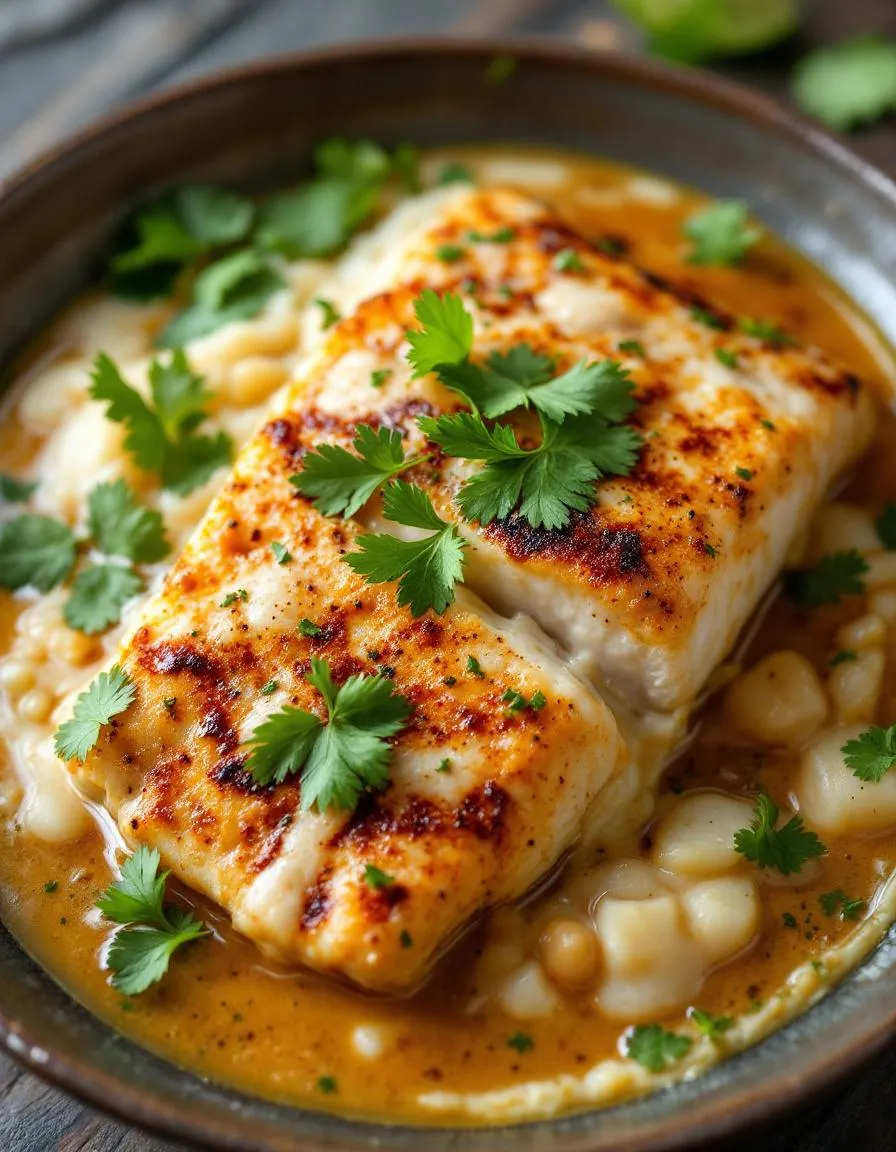Introduction
Hi there! I’m Emily, the heart and soul behind brekcakes.com. From my earliest memories, the kitchen has always been a place of warmth and creativity. It’s where I discovered the magic of turning simple ingredients into extraordinary meals and learned that the best dishes are often made with love as the main ingredient.
If you’ve ever craved a dish that’s both comforting and elegant, you’re in the right place. Today, I’m sharing my go-to Salmon Cakes Recipe, a dish that never fails to bring smiles to the table. Whether you’re cooking for a weeknight dinner or impressing guests, these golden, crispy cakes deliver flavor in every bite. Plus, they’re packed with protein and wholesome ingredients, making them as nourishing as they are delicious. Trust me, once you try this recipe, it’ll become a staple in your kitchen too.
Salmon cakes, often called salmon patties, transform simple canned or fresh salmon into a meal that feels special. Unlike heavy fried foods, this Salmon Cakes Recipe strikes the perfect balance between lightness and richness. The secret lies in the blend of fresh herbs, a touch of lemon zest, and just enough breadcrumbs to hold everything together. Moreover, they’re incredibly versatile—serve them with a tangy creamy dill sauce for a restaurant-worthy plate or pair them with a crisp salad for a lighter option. At brekcakes.com, we celebrate recipes that fit real life, and this one checks all the boxes: quick, flavorful, and adaptable. If you’re looking for more seafood inspiration, check out our garlic butter shrimp for another crowd-pleaser.
Why I Love This Recipe
This Salmon Cakes Recipe holds a special place in my heart because it reminds me of Sunday dinners with my grandma. She taught me how to make them with whatever ingredients we had on hand, proving that great food doesn’t need to be complicated. Even now, every time I flip those patties in the pan and hear that satisfying sizzle, I feel connected to those cherished moments. It’s more than just a recipe—it’s a little piece of my story, and I can’t wait for you to make it part of yours.
Health and Nutrition
Why it’s good for your body
Salmon Cakes Recipe packs a powerful nutritional punch while delivering delicious flavor. First, salmon provides high-quality protein, which helps build and repair muscles. Additionally, it’s rich in omega-3 fatty acids, which support heart health and reduce inflammation. Because of these benefits, Salmon Cakes Recipe makes a smart choice for anyone looking to eat healthier without sacrificing taste.
Moreover, this dish includes other wholesome ingredients like fresh herbs and whole-grain breadcrumbs. These add fiber and antioxidants, further boosting its nutritional profile. For instance, parsley offers vitamin K, while onions provide immune-boosting compounds. As a result, Salmon Cakes Recipe delivers a well-rounded meal that fuels your body efficiently.
Finally, the recipe avoids heavy frying, keeping calories in check. By baking or lightly pan-searing the cakes, you retain moisture without excess oil. Therefore, Salmon Cakes Recipe fits seamlessly into a balanced diet while still satisfying cravings. Whether you’re aiming for better heart health or simply want a nutrient-dense meal, this dish checks all the boxes.
How it fits in a healthy lifestyle
Salmon Cakes Recipe aligns perfectly with various dietary goals. If you follow a gluten-free diet, simply swap the breadcrumbs for almond flour or gluten-free oats. For those focused on heart health, the omega-3s in salmon help lower bad cholesterol levels. Plus, the high protein content keeps you full longer, making it ideal for weight management.
This recipe also fits into busy weeknights effortlessly. Pair it with a quick quinoa salad or steamed veggies for a complete meal. If you’re meal prepping, the cakes store well and reheat beautifully. For more high-protein ideas, check out our healthy dinner options. With its versatility and nutrition, Salmon Cakes Recipe easily becomes a staple in any health-conscious kitchen.
PrintSalmon Cakes
Description
Delicious and crispy salmon cakes made with fresh salmon and simple ingredients.
Ingredients
For the Crust:
- 1 lb fresh salmon, cooked and flaked
- 1/2 cup breadcrumbs
- 1/4 cup mayonnaise
- 1 egg, beaten
- 2 tbsp fresh parsley, chopped
- 1 tbsp Dijon mustard
- 1/2 tsp garlic powder
- 1/2 tsp onion powder
- Salt and pepper to taste
- 2 tbsp olive oil for frying
Instructions
1. Prepare the Crust:
- In a large bowl, combine the flaked salmon, breadcrumbs, mayonnaise, beaten egg, parsley, Dijon mustard, garlic powder, onion powder, salt, and pepper.
- Mix well until all ingredients are evenly incorporated.
- Form the mixture into 4 equal-sized patties.
- Heat olive oil in a skillet over medium heat.
- Cook the salmon cakes for 3-4 minutes per side, or until golden brown and crispy.
- Serve warm with your favorite dipping sauce or side dish.
Notes
You can customize the seasonings to taste.
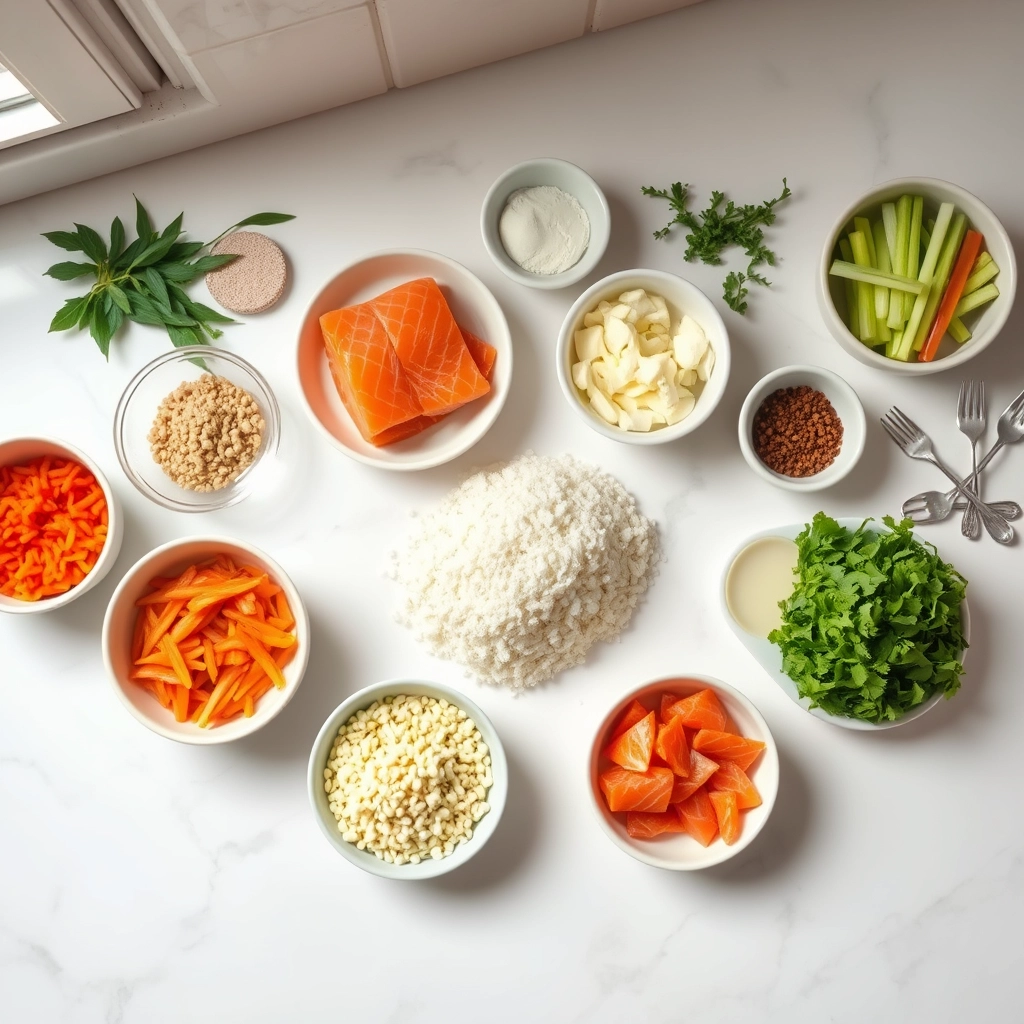
“`html
How to Prepare This Dish
Steps and time-saving tips
Start by draining the canned salmon thoroughly to avoid soggy cakes. Then, flake the salmon into a large bowl, removing any bones or skin for a smoother texture. Next, add breadcrumbs, finely chopped onions, a squeeze of lemon juice, and a pinch of salt and pepper. Gently mix everything with your hands or a fork—overmixing can make the cakes dense. Meanwhile, whisk an egg in a small bowl and fold it into the mixture to bind the ingredients. If the mixture feels too wet, sprinkle in more breadcrumbs until it holds together. Shape the mixture into equal-sized patties, about ½-inch thick, for even cooking. Heat oil in a skillet over medium heat and cook the salmon cakes for 3-4 minutes per side until golden brown. For a quicker option, bake them at 375°F for 15-20 minutes. Serve warm with a drizzle of lemon aioli or tartar sauce for extra flavor.
Mistakes I’ve made and learned from
I once rushed the draining step and ended up with salmon cakes that fell apart in the pan. Now, I press the salmon between paper towels to remove every bit of moisture. Another time, I skipped chilling the patties before cooking, and they didn’t hold their shape. A 15-minute rest in the fridge makes all the difference. If you’re new to working with seafood, check out my guide on choosing the right fish to avoid common pitfalls. And if your cakes still crumble, don’t worry—turn them into a tasty salmon salad instead. For more troubleshooting tips, my post on fixing soggy cakes covers easy fixes for this recipe and others.
“`

Cultural Connection and Variations
Where this recipe comes from
Salmon Cakes Recipe carries a rich history, blending practicality and tradition. Coastal communities, from New England to the Pacific Northwest, have relied on salmon for centuries. They turned leftover fish into hearty patties, ensuring nothing went to waste. In the South, cooks often add a kick of cayenne or a splash of hot sauce, while in Scandinavia, dill and mustard sauce give the dish a fresh, herby twist.
My grandmother made her Salmon Cakes Recipe with crushed saltines and a squeeze of lemon, a simple yet unforgettable version. Meanwhile, in Japan, chefs might mix salmon with miso or top the cakes with a delicate soy glaze. No matter where you go, this dish adapts beautifully to local flavors. Whether you prefer it crispy or tender, spicy or mild, Salmon Cakes Recipe always tells a story of resourcefulness and creativity.
How it fits in today’s cooking
Today, Salmon Cakes Recipe remains a star for busy weeknights and special occasions alike. Health-conscious cooks love its high protein and omega-3s, often swapping breadcrumbs for almond flour or quinoa. Others pair it with a bright avocado salad for a light, satisfying meal. Plus, it’s a fantastic way to use leftover salmon, making it a sustainable choice.
During holidays, some families serve it as an elegant appetizer, while others enjoy it year-round with a side of roasted potatoes. Modern twists, like air-frying or gluten-free binders, keep the recipe fresh and accessible. No matter how you prepare it, Salmon Cakes Recipe continues to bring comfort and flavor to tables everywhere.
Taste and Texture
What makes it delicious
These Salmon Cakes Recipe deliver a mouthwatering blend of rich, savory flavors and satisfying textures. The tender, flaky salmon melts in your mouth, while crispy breadcrumbs add a golden crunch to every bite. Fresh herbs like dill and parsley brighten the dish with a fragrant, earthy note, and a hint of lemon zest cuts through the richness for a refreshing finish. Meanwhile, creamy mayonnaise and tangy Dijon mustard bind everything together, creating a luscious, well-balanced bite. Whether pan-fried or baked, Salmon Cakes Recipe offer a comforting yet elegant experience that keeps you coming back for more.
Boosting the flavor
Elevate your Salmon Cakes Recipe with a few easy tweaks. For extra zing, swap regular mayonnaise with a garlic aioli or stir in a spoonful of horseradish for a spicy kick. Top them with a dollop of creamy dill sauce or a squeeze of lemon for a burst of freshness. If you love heat, sprinkle in smoked paprika or cayenne pepper before cooking. Pair them with a side of tangy cucumber salad to balance the richness. With these simple upgrades, your salmon cakes will shine even brighter on the plate.
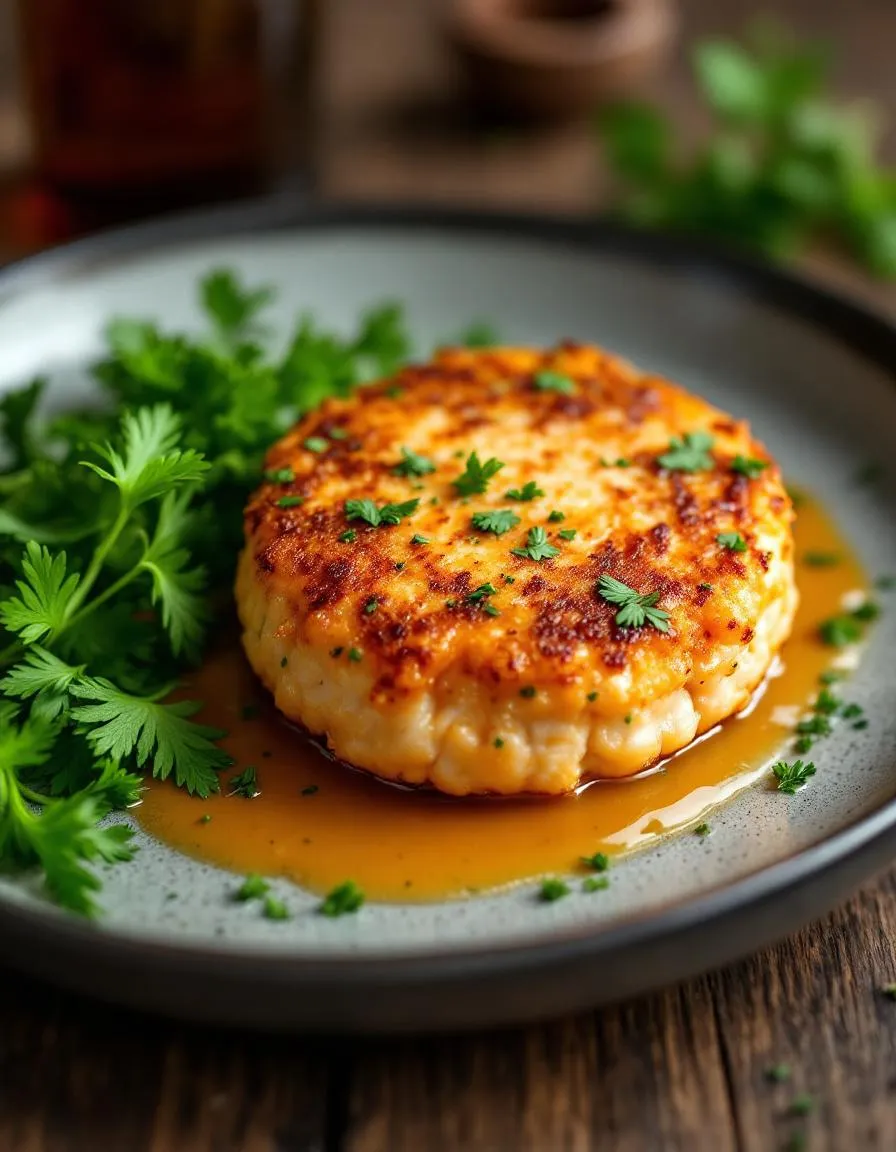
Tips for Success
Best practices for results
Always use fresh or well-drained canned salmon for the best texture in your Salmon Cakes Recipe. Moreover, gently mix the ingredients to avoid overworking the mixture, which can make the cakes dense. For crispier results, chill the shaped patties for 15 minutes before cooking. Additionally, use a hot, well-oiled skillet to achieve a golden crust without sticking. Finally, let the cooked salmon cakes rest for a few minutes so they hold together when serving.
Mistakes to avoid
Avoid using too much binder, like breadcrumbs or eggs, as this can make your Salmon Cakes Recipe dry instead of tender. Instead, aim for just enough to hold the mixture together. Also, don’t skip the step of draining excess liquid from the salmon, or the cakes may fall apart during cooking. For more tips on handling delicate ingredients, check out our guide on perfect binding agents. Another common mistake is flipping the cakes too soon—wait until the edges crisp and the bottom easily releases from the pan. If you struggle with flipping, our flipping techniques article can help.
Serving and Pairing Suggestions
How to serve this dish
For a stunning presentation, plate your Salmon Cakes Recipe on a bed of fresh arugula or microgreens. Drizzle them with lemon-dill aioli and add a sprinkle of chopped chives for a pop of color. Meanwhile, if you’re hosting brunch, serve them alongside a sunny-side-up egg for a hearty meal. Alternatively, arrange them on a platter with lemon wedges and capers for an elegant appetizer at holiday gatherings. No matter the occasion, these salmon cakes always shine when you garnish them with fresh herbs.
What goes well with it
Brighten up your Salmon Cakes Recipe with a crisp, citrusy side like our Tangy Cucumber Salad, which adds a refreshing crunch. For a heartier option, pair them with creamy garlic mashed potatoes or roasted asparagus. Additionally, a chilled glass of Sauvignon Blanc or sparkling water with lime enhances the dish’s flavors. If you love dipping sauces, try our Creamy Avocado Dressing for a rich, tangy twist.

For the best Salmon Cakes Recipe, use fresh or canned wild-caught salmon. Wild salmon has a firmer texture and richer flavor than farmed salmon. If using canned, opt for boneless and skinless varieties for easier preparation.
To prevent your Salmon Cakes Recipe from crumbling, use enough binding agents like eggs, breadcrumbs, or mashed potatoes. Chilling the mixture for 30 minutes before cooking also helps the cakes hold their shape better during frying or baking.
Yes, baking is a healthier alternative for your Salmon Cakes Recipe. Place them on a parchment-lined baking sheet at 375°F for 15-20 minutes, flipping halfway. Baking yields slightly drier cakes but reduces oil content significantly.
Classic pairings for Salmon Cakes Recipe include tartar sauce, lemon-dill aioli, or spicy remoulade. For lighter options, try Greek yogurt with capers or a simple squeeze of fresh lemon juice to enhance the salmon flavor.


